Top 3 Reasons to Visit Costa Rica
From natural beauty to wildlife encounters to ancient traditions, this Central American country is a traveler’s dream
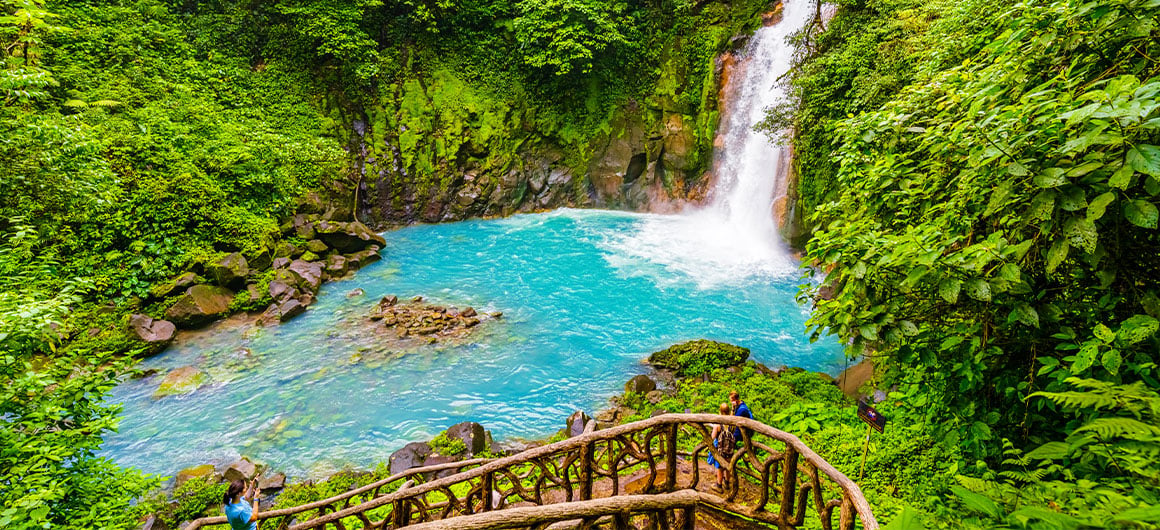

A playful black-and-white capuchin monkey jumps across the wooden walkway right in front of me. Her companions leisurely walk on the walkway banisters, not minding people holding their breaths while filming the show with their phones. It’s just another day in the Manuel Antonio National Park in Costa Rica, where some wild creatures are so used to humans that it seems they almost pose for pictures.
Few countries in this world are as diverse, pristine and easy to travel as Costa Rica, where wildlife—from monkeys to sloths to an array of birds—awaits at every turn. But amazing animal encounters are only one reason to come here. Costa Rica’s healing natural beauty and the country’s Indigenous traditions also draw travelers to this Latin American paradise. With so many places to see and adventures to experience, Costa Rica is a dream destination for the entire family.
Here are the top three reasons to visit Costa Rica.
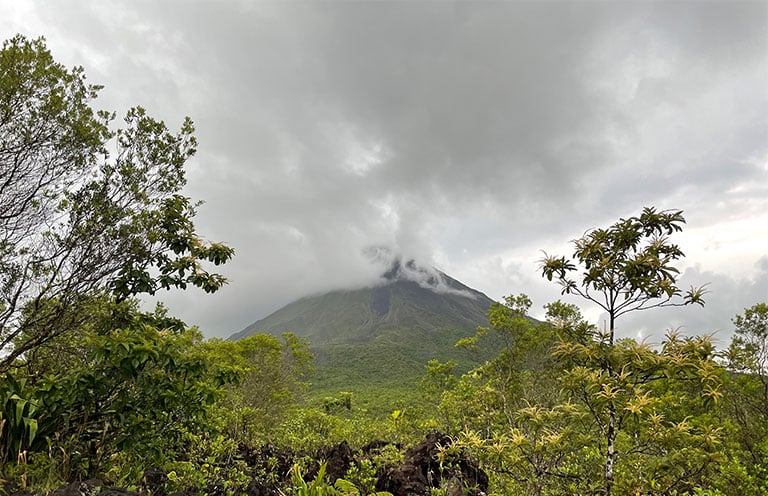
1. Diverse natural beauty
With more than 20 natural parks and eight biological reserves, Costa Rica is one of the most biodiverse and beautiful places on the planet. Due to its unique location and climate influences from both the Pacific and Atlantic oceans, Costa Rica has 12 distinct climate zones and thousands of small microclimate pockets throughout the country, ranging from hot and humid in the Manuel Antonio National Park to hot and dry weather at Tamarindo Beach, to the cooler and wetter conditions of the cloud forest at the Arenal Volcano.
In these diverse climates, any excursion, whether hiking, biking, boating, snorkeling or horseback riding, offers incredible scenery and a thrilling sense of wonder. Another top attraction: geothermal springs where travelers can take a relaxing soak in mineral waters said to have healing properties.
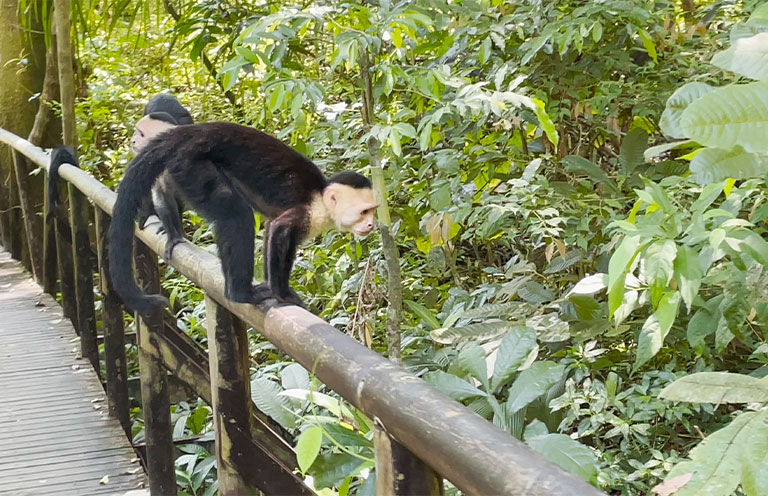
2. Amazing wildlife encounters
A little country about the size of West Virginia that occupies only 0.03 percent of the earth's surface, Costa Rica holds nearly 6 percent of the world’s biodiversity. About 500,000 animal species, including 230 species of mammals, call Costa Rica’s vast jungles, rainforests and nature reserves their home.
Although monkeys and sloths steal the show at the Manuel Antonio National Park, snorkelers marvel at the giant schools of tropical fish of its coral reefs. The Carara National Park is famed for its large population of scarlet macaws and Tarcoles River Crocodile Bridge, where visitors can view the formidable reptiles lounging on the riverbanks down below. At the Tortuguero National Park, travelers can spot several types of turtles that come back to nest on the protected beaches every year. And the Corcovado and Piedras Blancas National Parks are a few places in Costa Rica where you can still spot a jaguar on a lucky day.
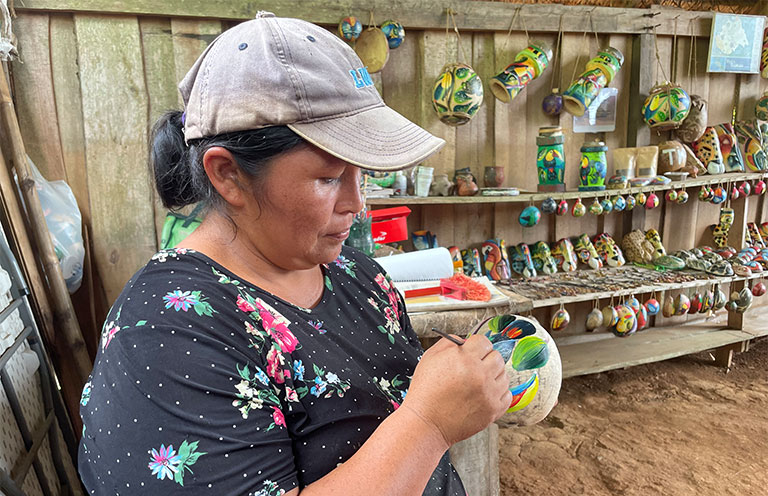
3. Rich Indigenous culture
Although Costa Rica is most famous for its nature and wildlife viewing, it’s also home to eight Indigenous peoples who together compose 24 different communities throughout the country. Their cultural traditions and histories are told through the exhibits at Chieton Moren, an art gallery, museum and marketplace in San José, the country’s capital. Each with their unique ancient traditions, foods, language, arts and history, these communities welcome visitors and are happy to share their culture with the world.
The Bröran people of the Térraba community, which resided on the banks of the Térraba River for more than 500 years, are known for their woodcarving skills and the handmade masks they produce for ceremonies and festivals. The Chorotegas, who live in the Matambú Territory of the Guanacaste province in the country’s northwest, are celebrated for their sophisticated pottery with geometric designs akin to the Aztec and Maya style. The Malekus in Costa Rica’s north make hand-painted cups and bowls from discarded gourd shells. And the Bribris and Huetar are skilled weavers, known for making woven bags, hats, cups and plates from palm leaves and tree bark.
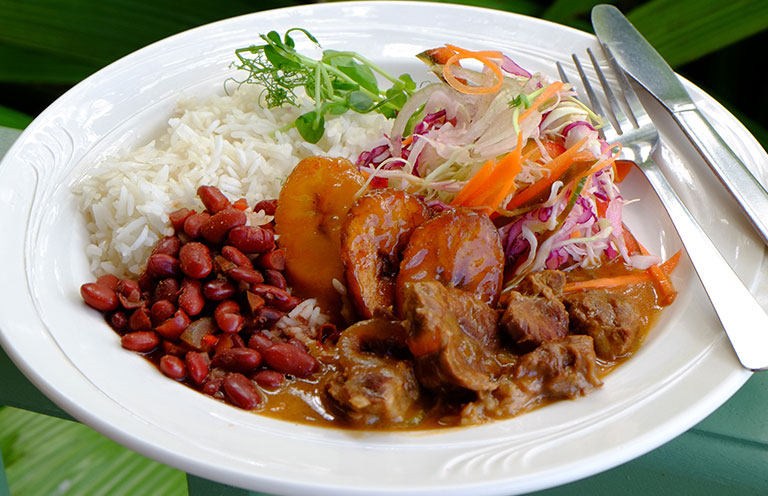
Many Indigenous communities also invite visitors to join their cultural activities, including traditional cooking, cacao-making, woodcarving and replanting trees to restore the native ecosystems.
Whether you’re a nature lover, an adventurer or a culture enthusiast, you’ll find so many reasons to visit Costa Rica, where you can enjoy, embrace and engage with all that awaits in this tropical paradise.
